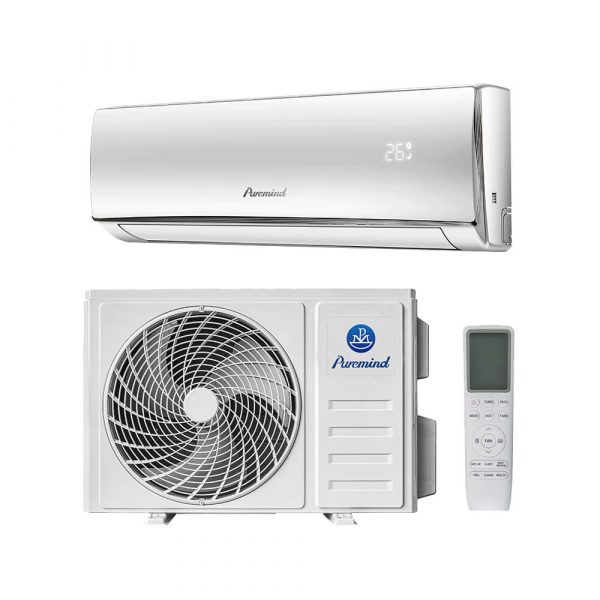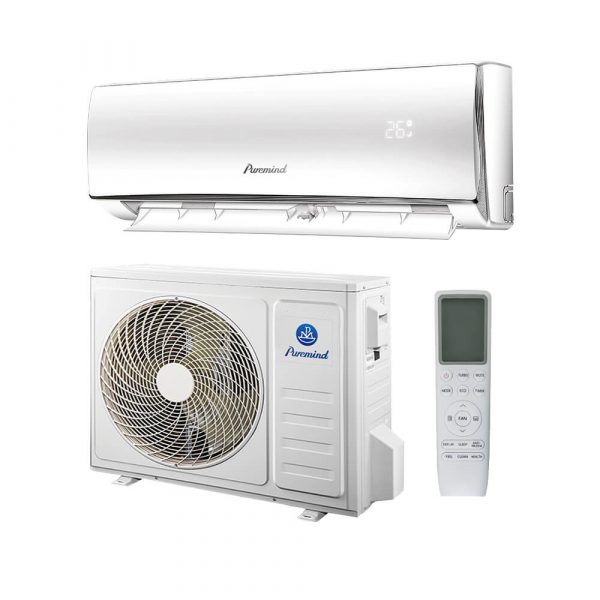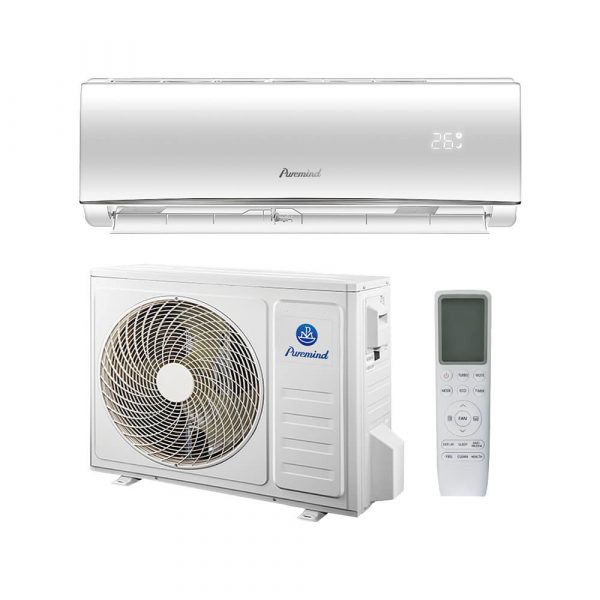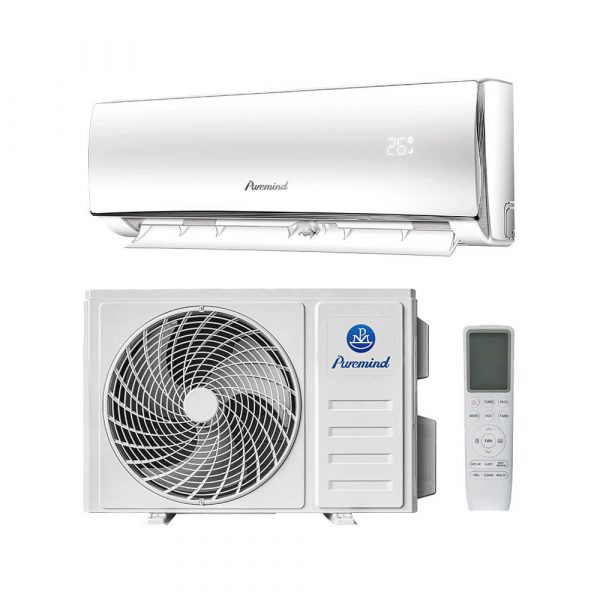Energy Efficient Mini Split Air Conditioner – The Distributor’s Complete Guide
The demand for an energy efficient mini split air conditioner is rising rapidly as consumers and businesses search for solutions that cut costs and reduce environmental impact. For wholesalers, suppliers, and distributors, this trend represents a profitable opportunity to expand product portfolios while aligning with sustainability goals. In this comprehensive guide, we’ll explore what makes mini splits energy efficient, how they work, why they matter to the HVAC industry, and how distributors can maximize sales potential.
What Is an Energy Efficient Mini Split Air Conditioner?
An energy efficient mini split air conditioner is a ductless heating and cooling system designed to deliver comfort with minimal energy consumption. Unlike central air systems, mini splits do not require extensive ductwork, which often causes significant energy losses. Instead, they use individual air handlers connected to an outdoor compressor, optimizing efficiency and flexibility.
Key Features
- High Seasonal Energy Efficiency Ratio (SEER) ratings
- Variable-speed inverter compressors
- Zone-specific climate control
- Quiet operation and sleek design
- Environmentally friendly refrigerants
Why Energy Efficiency Matters in HVAC
Energy efficiency is not just a buzzword—it’s a driving factor in modern HVAC adoption. According to the U.S. Environmental Protection Agency (EPA), heating and cooling account for nearly half of household energy use. By installing an energy efficient mini split air conditioner, customers can lower electricity bills and reduce their carbon footprint, while distributors benefit from increased demand.
Benefits for Wholesalers, Suppliers, and Distributors
Carrying an energy efficient mini split air conditioner can give distributors multiple competitive advantages:
- Growing Demand: Residential and commercial customers are seeking energy-saving alternatives.
- Government Incentives: Many states offer tax credits and rebates for high-efficiency HVAC systems.
- Premium Pricing: Energy efficient models command higher margins than conventional systems.
- Sustainability Branding: Businesses that promote eco-friendly solutions gain trust and long-term customers.
How Energy Efficient Mini Splits Work
The efficiency of a mini split comes from its design. Instead of switching on and off like traditional HVAC systems, inverter technology allows the compressor to run at variable speeds. This means it can adjust power output to maintain consistent indoor temperatures without wasting energy. Additionally, by avoiding duct losses, mini splits often save 20–30% more energy compared to central systems.
Technical Highlights
- SEER ratings often exceed 20
- Heating Seasonal Performance Factor (HSPF) above 10
- Refrigerant types such as R-410A for eco-compliance
- Wi-Fi-enabled controls for monitoring and optimization
Case Studies: Real-World Applications
Distributors can highlight real-world examples to show the value of energy efficient mini split air conditioners:
- Residential Homes: Families in hot climates reduce cooling costs by 40% after upgrading to high-SEER mini splits.
- Commercial Offices: Businesses save on utility expenses while achieving green building certifications.
- Hospitality Industry: Hotels and resorts adopt mini splits for individual room comfort and energy management.
Installation and Maintenance Considerations
One reason mini splits are attractive to contractors is their ease of installation. They require only a small conduit hole, reducing labor time compared to ducted systems. Maintenance is also simpler—most units require regular filter cleaning and annual inspections. This low-maintenance design adds long-term value for customers and distributors alike.
Best Practices for Installers
- Ensure proper unit sizing for each zone.
- Position outdoor units with adequate airflow.
- Offer training to contractors on inverter technology.
- Promote service contracts to ensure long-term performance.
Marketing Strategies for Distributors
Promoting energy efficient mini split air conditioners requires highlighting both cost savings and environmental benefits. Distributors can stand out by offering tailored sales strategies:
- Bundle mini splits with smart thermostats or solar panels.
- Provide marketing materials emphasizing energy savings.
- Offer financing programs to reduce upfront cost concerns.
- Leverage government incentives in promotional campaigns.
Comparing Energy Efficient Mini Splits vs Traditional Systems
To better understand the business case, let’s compare energy efficient mini splits to traditional central HVAC:
| Feature | Traditional Central HVAC | Energy Efficient Mini Split |
|---|---|---|
| Energy Consumption | Higher due to duct losses | Lower with inverter-driven performance |
| Flexibility | Single temperature for whole building | Zone-specific control |
| Installation | Complex and costly | Quick and minimally invasive |
| Market Demand | Stable | Growing rapidly |
Where to Source Energy Efficient Mini Splits
Wholesalers and distributors can access reliable energy efficient mini split air conditioners at this official supplier page. Partnering with trusted suppliers ensures warranty support, quality assurance, and competitive pricing.
Future of Energy Efficient HVAC
As climate concerns and energy costs continue to rise, energy efficient mini split air conditioners are set to become standard in residential and commercial buildings. Distributors who embrace these systems now will be positioned as market leaders in the years ahead.
Conclusion
The energy efficient mini split air conditioner is more than a product—it’s a movement toward sustainable living and smart energy use. For wholesalers, suppliers, and distributors, this represents not just a business opportunity but a way to align with global energy trends. By stocking these systems, businesses can capture demand, support customers, and build stronger, greener portfolios.







